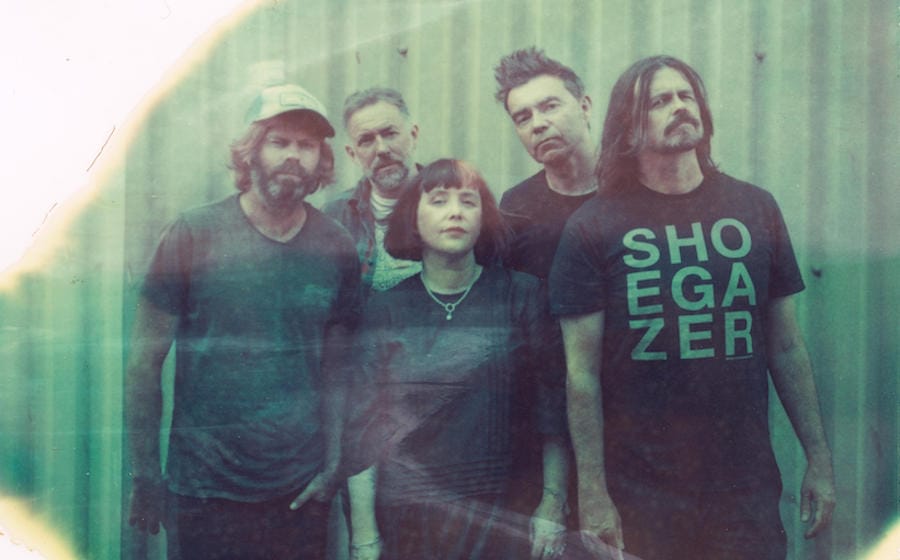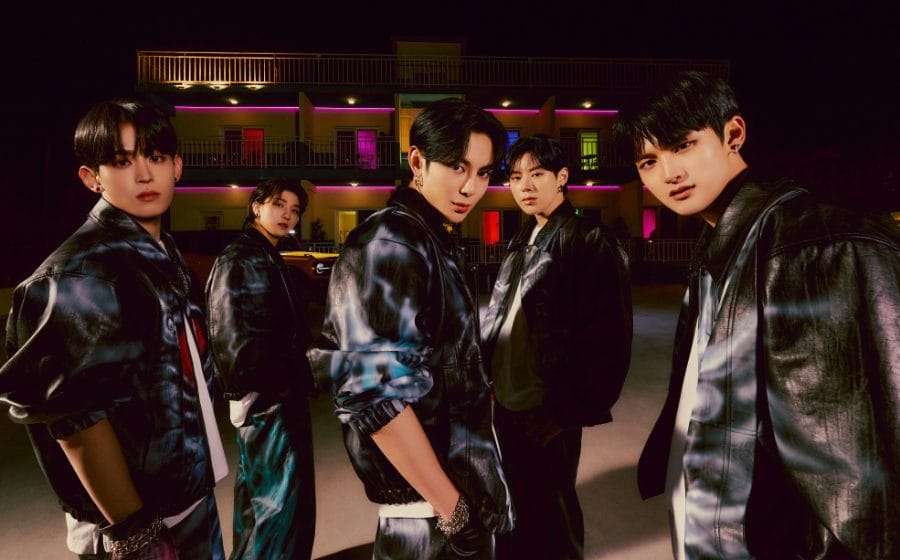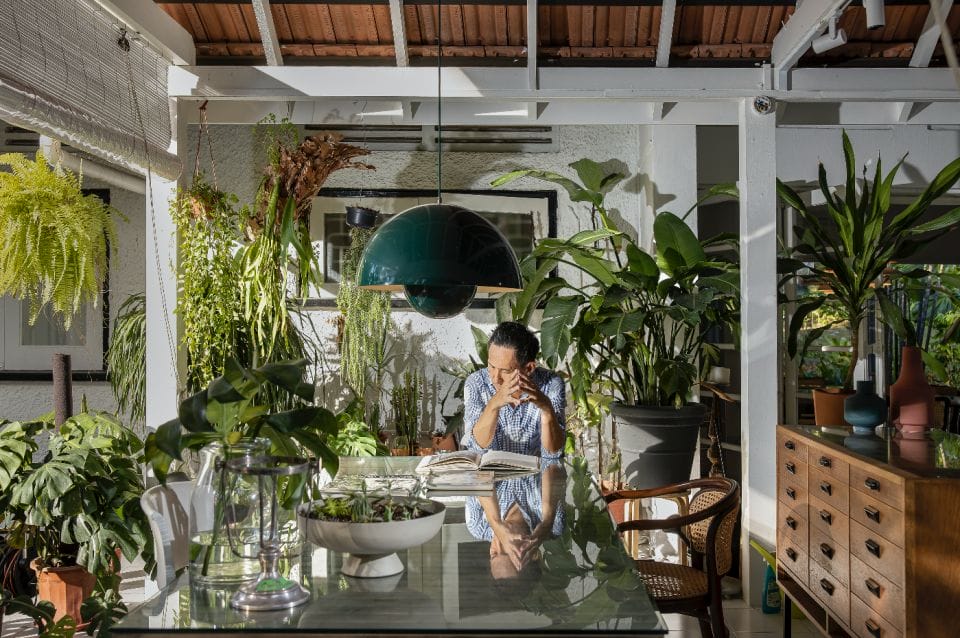
We frequently reboot our computers to get the system running when our patience runs out with lagging responses, but in architecture, the regular “reboot” is mandatory to stay relevant and not become generic. There is nothing wrong with generic, except it can dumb the creative mind.
Architects create form, shapes, spaces, and ambiences, and these are usually functional. However, they can sometimes be uplifting and memorable. I am always thrilled with projects that have the capacity to be a vehicle to engage with deeper issues.
These issues may be about the city, the way we live, or even to level the playing field for the marginalised or forgotten.
—
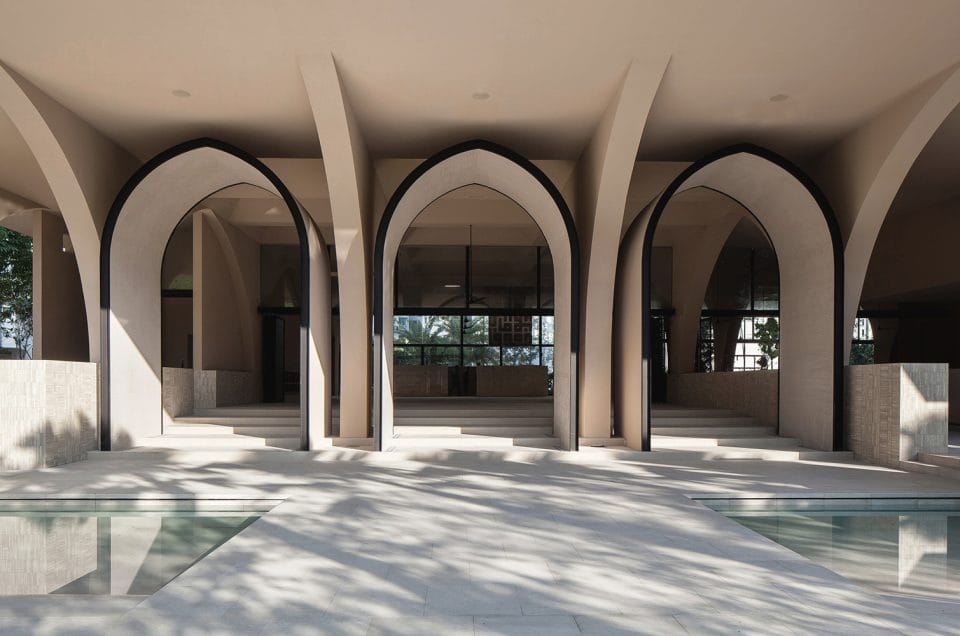
The Al-Islah Mosque.
—
Dissolving Trepidation And Strife
In 2013, we had the good fortune to win an open architecture competition where we were handed the opportunity to design the Al-Islah Mosque in Punggol. The big departure for the design of sacred institutions – compared to most secular typologies that I was familiar with – was the sense of transcendence that it needed to impart.
Since ancient times, places of worship are designed to dwarf the human existence and celebrate the gods. Some common elements implicit in religious architecture are the creation of thresholds that delineate the boundary between the sacred and the everyday, and spatial constructs that facilitate the performance of rituals and symbolic forms.
I was keen to take down the walls that often established the threshold that protected its sanctity to demystify Islam within a community that is largely non-Muslim. The idea of an “Open Mosque” was deeply rooted in my mind since day one. The essence of “openness” extends beyond the tangible architectural manifestation of visual porosity, accessibility, and climatic openness, with deeper reaching roots to embrace the needs within the Muslim community.
The building turned out to be unmistakable in its identity and roots, but it also exuded a quiet confidence and restraint amidst the buzz of the world. Apart from fulfilling its primary function of a place of worship, I wanted the design of the Al-Islah Mosque to communicate much more. In a world that is increasingly polarised and fragmented, I was tremendously blessed with an enlightened client who allowed me to realise a project that would preach tolerance and the conciliation of differences to the world.
—
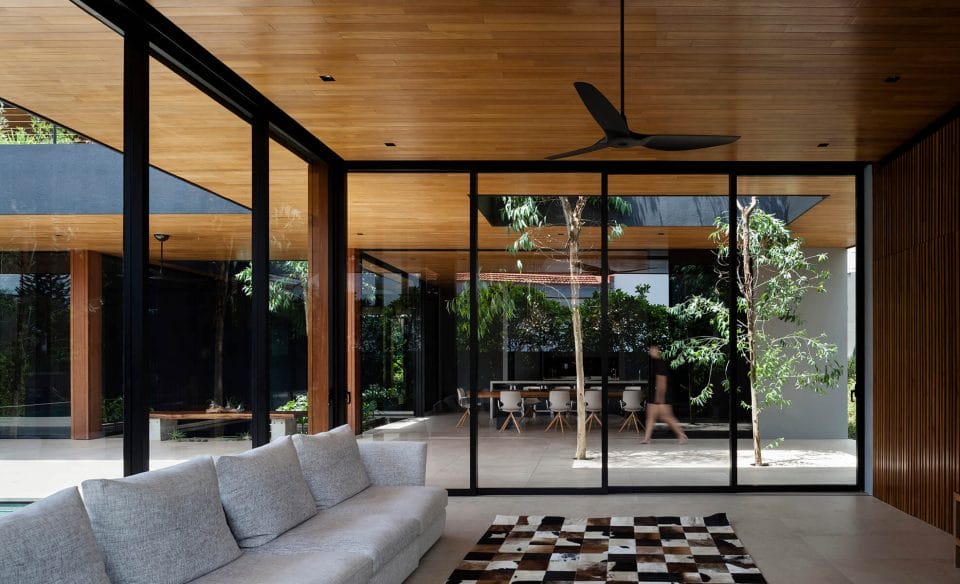
The Veranda House.
—
Reconnecting With Nature
A fair share of our work in the office is the designing of single-family houses. These new houses are often oversized compared to the land plots they occupy, partly due to land scarcity and the speculative nature of property in Singapore.
We often lament the loss of the sense of “landed-ness” or nature arising from this land- squeeze. It is ironic the highest concentration of greenery occurs only along the curbside in our residential suburban landscape. Perhaps, nature is something that we have taken for granted when we have an abundance of it in the city.
Many of our house designs begin with a desire to make this reconnection. I am interested in spaces that inspire and sensitise one to the beautyof nature – a living space that is non-deterministic while welcoming changes and adaptations like a changing sun-path or prevailing breeze. Alternatively, a house where the family would proudly share their observations like the distinct sound of rain in the different parts of it and the type of birds that come to nest.
I will often create mise-en-scène within the house with an emphasis on one’s life evolving and revolving around nature. What is richness in life without the luxury of time to observe the unfolding of this simple beauty?
—
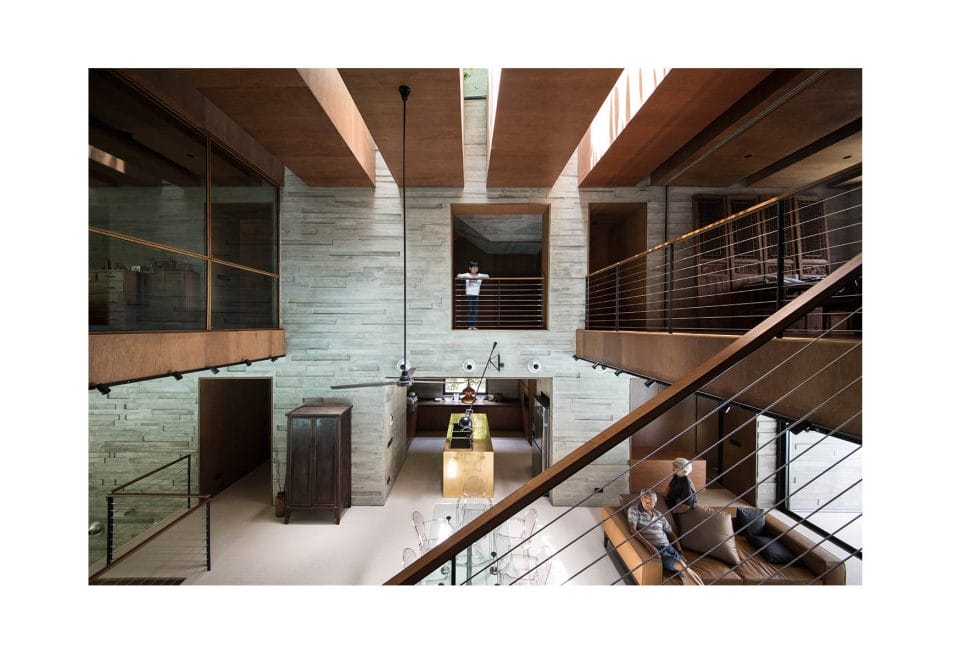
The Grotto House.
—
Embracing Wabi-Sabi
Perhaps with age, I have lately been increasingly fascinated with the concept of “Sabi” (of Wabi- sabi), which is loosely understood as the Japanese philosophy of embracing imperfections.
Sabi, in its own terms, describes the way time affects the deterioration of things in life while celebrating the beauty of ageing and the impermanence of it. The concept is an antithesis in architecture where we are trained to design and detail buildings to be intolerant to any signs of ageing and have a maintenance regime, instead of upkeeping the façade of newness.
I was particularly seduced by the idea of encapsulating time within the projects I worked on. The Grotto House is a commission we completed a year back that sought to embrace life and all its traces as it aged.
A palette of rough, board-formed concrete, marine plywood, galvanised steel, and brass permeates the house. These are materials prone to stains, ageing, and the development of a patina in the tropics but are perfect in capturing the passage of time and registering the intensity of use within. The materiality greatly contributed to the house’s ambience, but the way we intended to craft it to capture the essence of “Sabi” demanded a mind shift on the architect when working with these materials.
It was an amazing journey, working alongside a client that appreciated what we were seeking.
—
Making the World A Better Place
Architecture consumes a tremendous amount of resources, time, and labour. So, it makes perfect sense for me to try to do more with it, to stretch its limits and fully exploit its potential for richness.
The occasional reboot of the way we perceive and design, to the status quo, is disruptive to our work process but immensely satisfying – especially if we can pull through and make some differences. The impetus to reinvent the wheel is grounded on the idea that we should seize every opportunity that arises to effect change and make the world a better place through conscious, deliberate design coupled with the quiet transformative power of architecture.
I mentioned “we” since all these would simply be impossible without my team.
Alan Tay is one of the founding partners of architect design studio Formwerkz Architects.
This story first appeared in the March ’20 issue of Men’s Folio Singapore.

